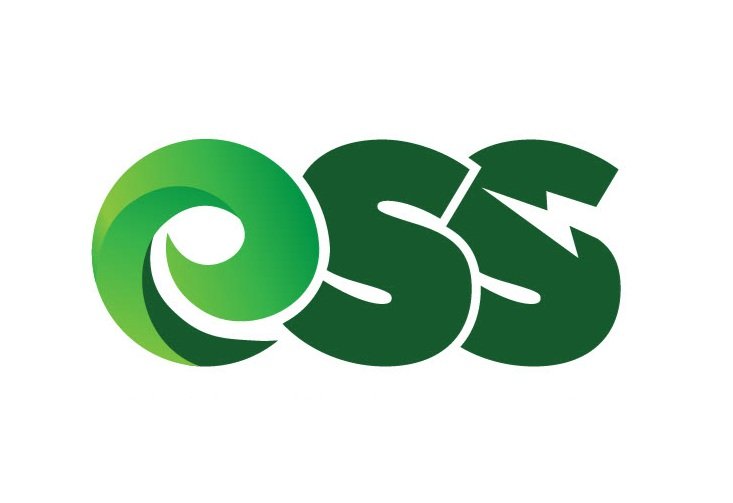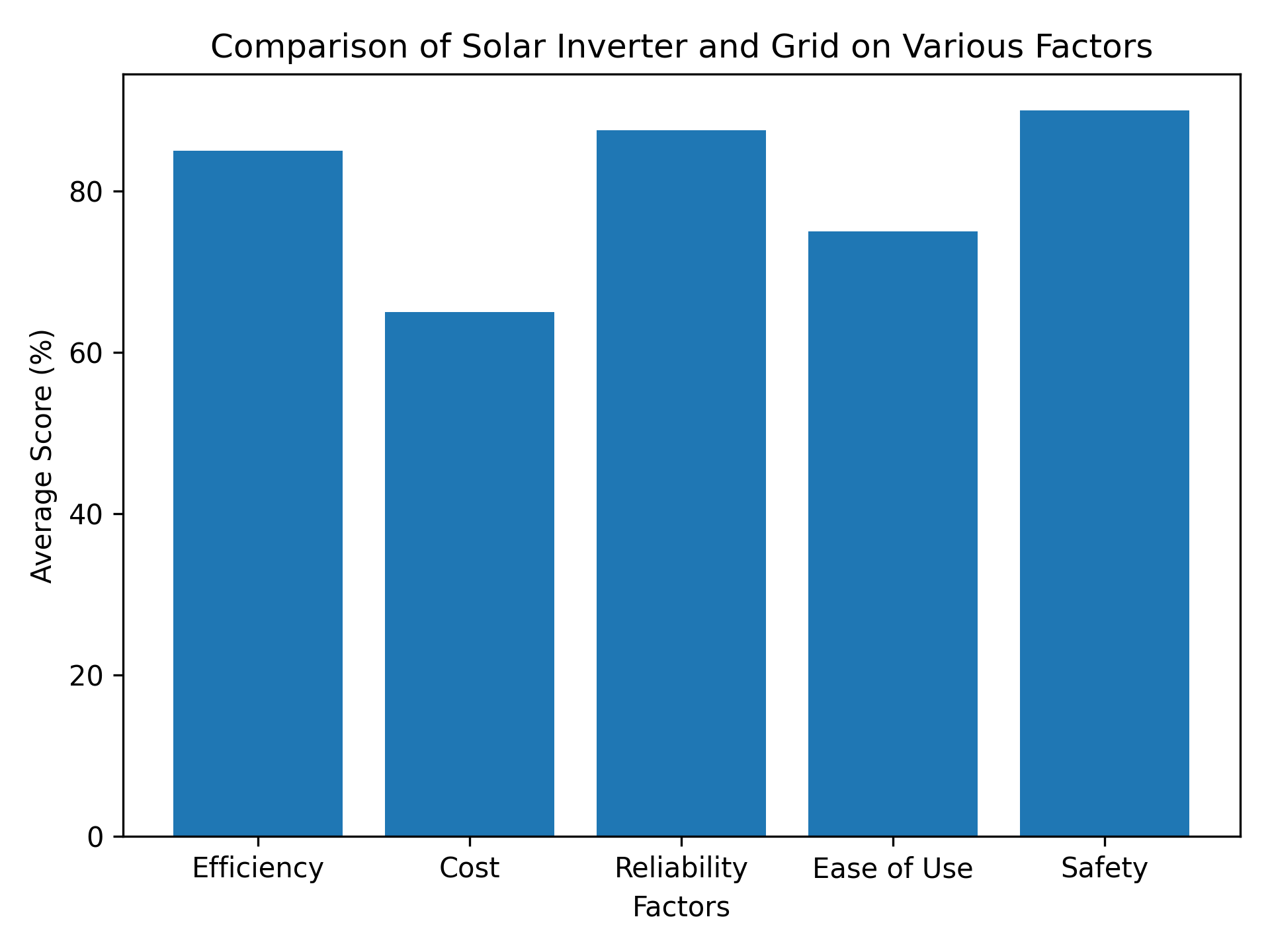How Does a Solar Inverter Synchronize with the Grid?
Introduction
Solar energy is not just a trend; it's a revolution that's reshaping how we think about power. While solar panels get most of the limelight, the solar inverter plays an equally vital role. This unsung hero ensures that the energy harvested from the sun can actually be used in our homes and contribute to the grid. In this expanded guide, we'll delve into the intricacies of how a solar inverter synchronizes with the grid, ensuring a seamless and efficient energy flow.
What is a Solar Inverter?
A solar inverter is more than just a box; it's a technological marvel. This device transforms the direct current (DC) generated by solar panels into alternating current (AC), which is the type of electricity that powers our homes and feeds into the electrical grid. But its role doesn't end there; it also has to ensure that this conversion happens in a way that is perfectly synchronized with the grid's existing electrical flow.
Think of a solar inverter as the brain of your solar system. It converts direct current (DC) from your solar panels into alternating current (AC)—the type of electricity used in our homes and by the grid. But the inverter’s job doesn’t stop at conversion; it also ensures this AC harmonizes perfectly with the grid’s rhythm, optimizing energy use and grid contribution.
The Importance of Synchronization
Why is Synchronization Crucial?
You might wonder, why is synchronization so important? The answer lies in the stability and efficiency of the electrical grid. Synchronization ensures that the solar energy you produce is not just compatible but also beneficial to the grid's overall performance. It helps in reducing energy loss and improving the reliability of the power supply.
Synchronization is vital for grid stability and efficiency. It ensures the energy from your solar panels enhances, rather than disrupts, the grid. Proper synchronization minimizes energy loss, avoids damage to infrastructure, and improves the reliability of your electricity supply.
Key Components
The seamless operation involves three heroes: the solar inverter, the electrical grid, and the synchronization mechanism. Each component is crucial in ensuring efficient energy transition from your solar panels to the grid.
How Does Synchronization Work?
Phase Matching
The first step in the synchronization process is phase matching. The inverter matches the phase of the AC it produces with the phase of the grid's AC. This is crucial because a mismatch could lead to energy loss and even potential damage to the electrical infrastructure.
Frequency Adjustment
After phase matching, the inverter adjusts the frequency of its AC to match that of the grid. This is another critical step that ensures the energy is compatible and can be used efficiently, without causing any fluctuations or disturbances in the grid.
Voltage Regulation
Equally important is voltage regulation. The inverter fine-tunes its output voltage to match the grid’s, optimizing the energy for household use and grid contribution.
Factors to Consider
When choosing a solar inverter, various factors come into play. These include efficiency, cost, reliability, ease of use, and safety. Each of these factors can significantly impact how well your solar inverter will synchronize with the grid and perform over time.
Real-World Example
Let's look at a real-world example to bring this all home. Meet John, a homeowner who recently made the switch to solar energy. John was initially skeptical about how smoothly the transition would go. However, he was amazed to see how effortlessly his solar inverter synchronized with the grid. This allowed him not only to consume energy but also to contribute excess energy back to the grid, earning him credits on his electricity bill.
Frequently Asked Questions (FAQ)
-
A grid-tie inverter synchronizes with the electrical grid by matching the phase and frequency of its alternating current (AC) output to that of the grid. This ensures seamless energy flow and compatibility.
-
Solar power is synchronized to the grid through the solar inverter. The inverter converts the direct current (DC) from the solar panels into AC, then adjusts its phase and frequency to match that of the grid.
-
An inverter uses internal circuitry and control algorithms to adjust the frequency of its AC output. It continuously monitors the grid's frequency and adjusts its own output to match, ensuring compatibility and efficiency.
-
Synchronization in an inverter refers to the process of aligning its AC output with the existing AC in the electrical grid. This involves matching the phase, frequency, and sometimes voltage, to ensure a smooth and efficient transfer of energy.
Conclusion
Understanding the role and function of a solar inverter in synchronizing with the grid is crucial for anyone considering a transition to solar energy. It's not just about harnessing the sun's power; it's about doing it in a way that is efficient, reliable, and harmonious with our existing electrical infrastructure. So, the next time you look at a solar panel, remember that it's the inverter that's the real MVP in making solar energy a viable and sustainable option.




